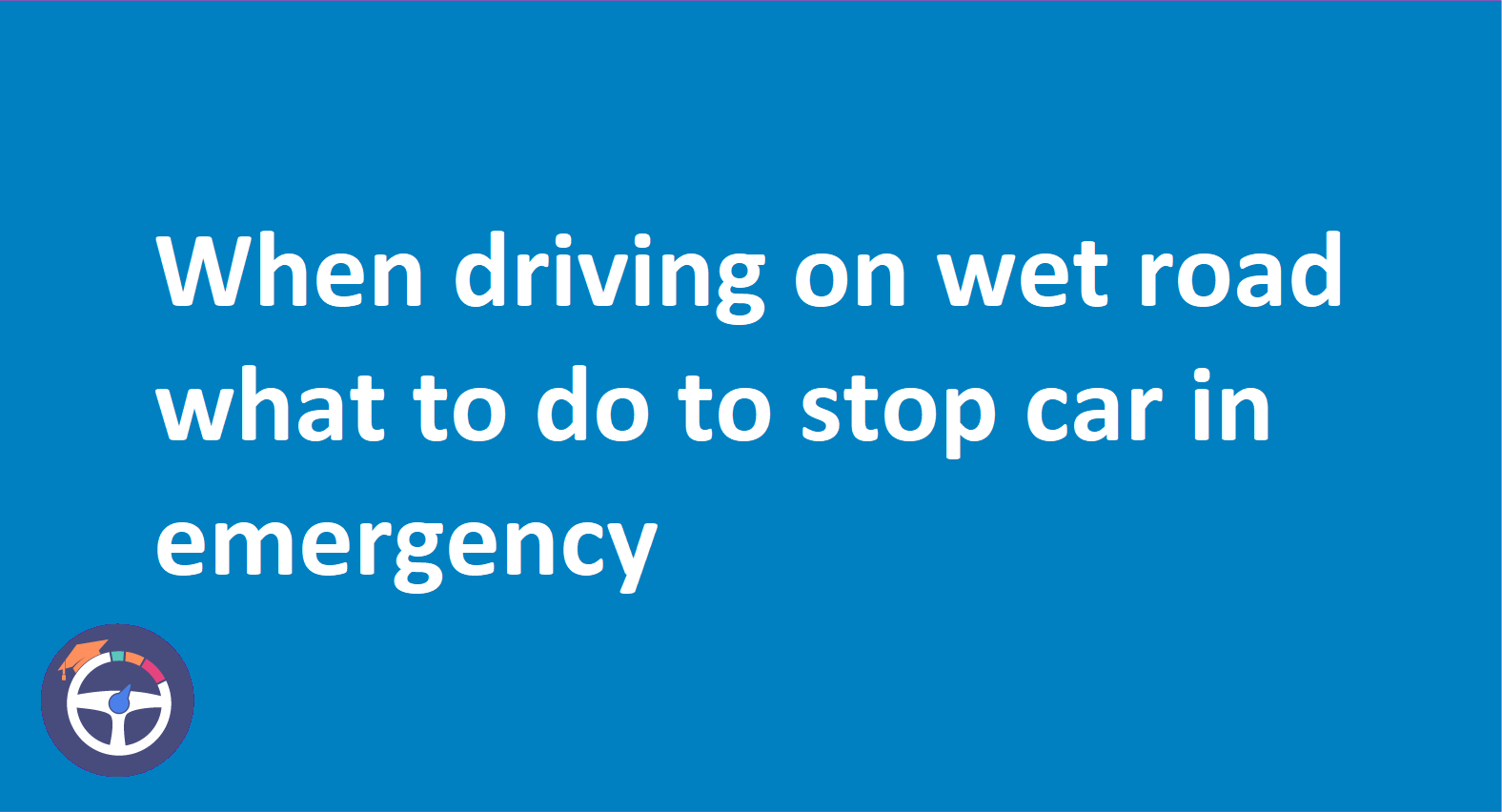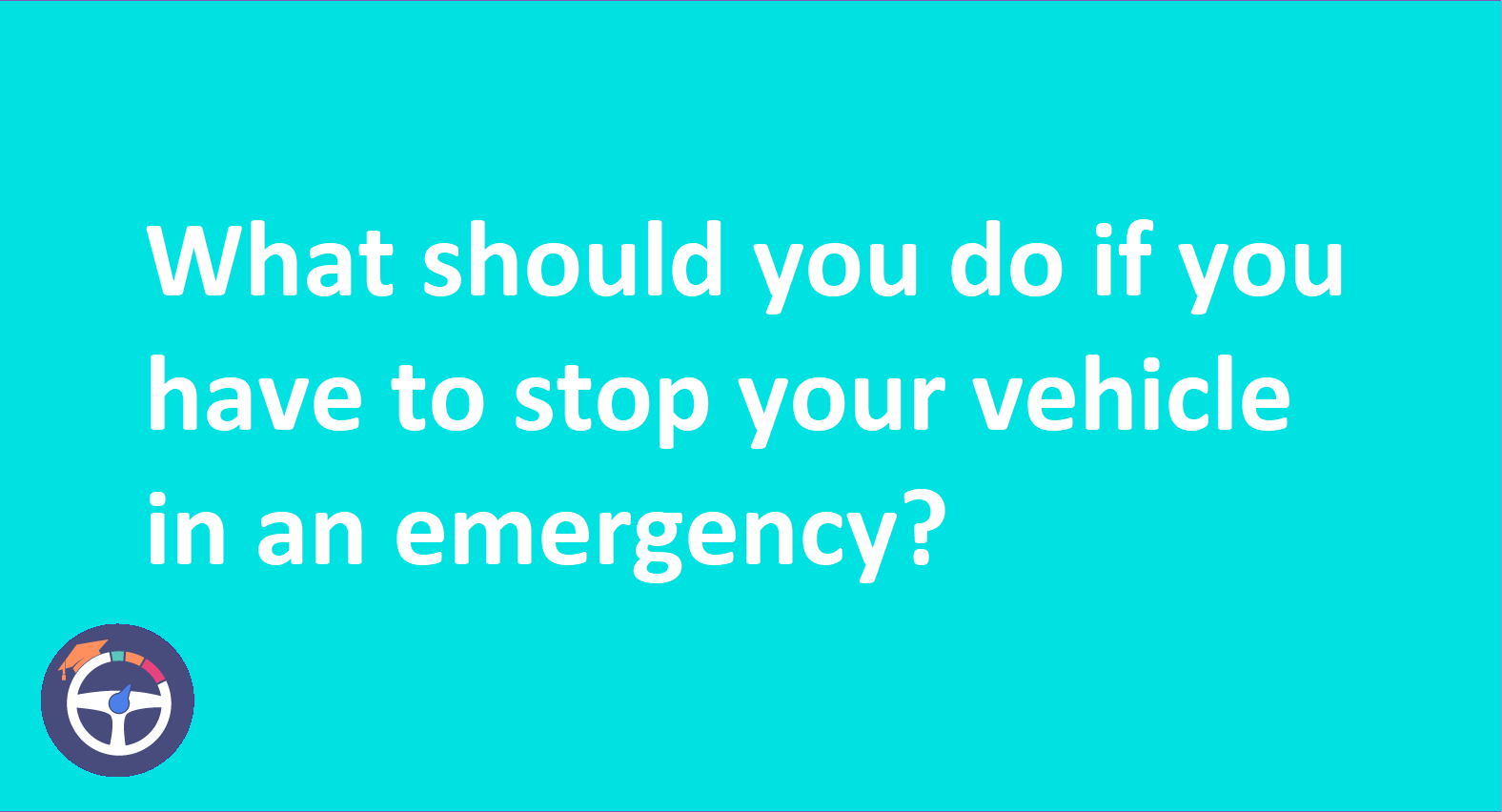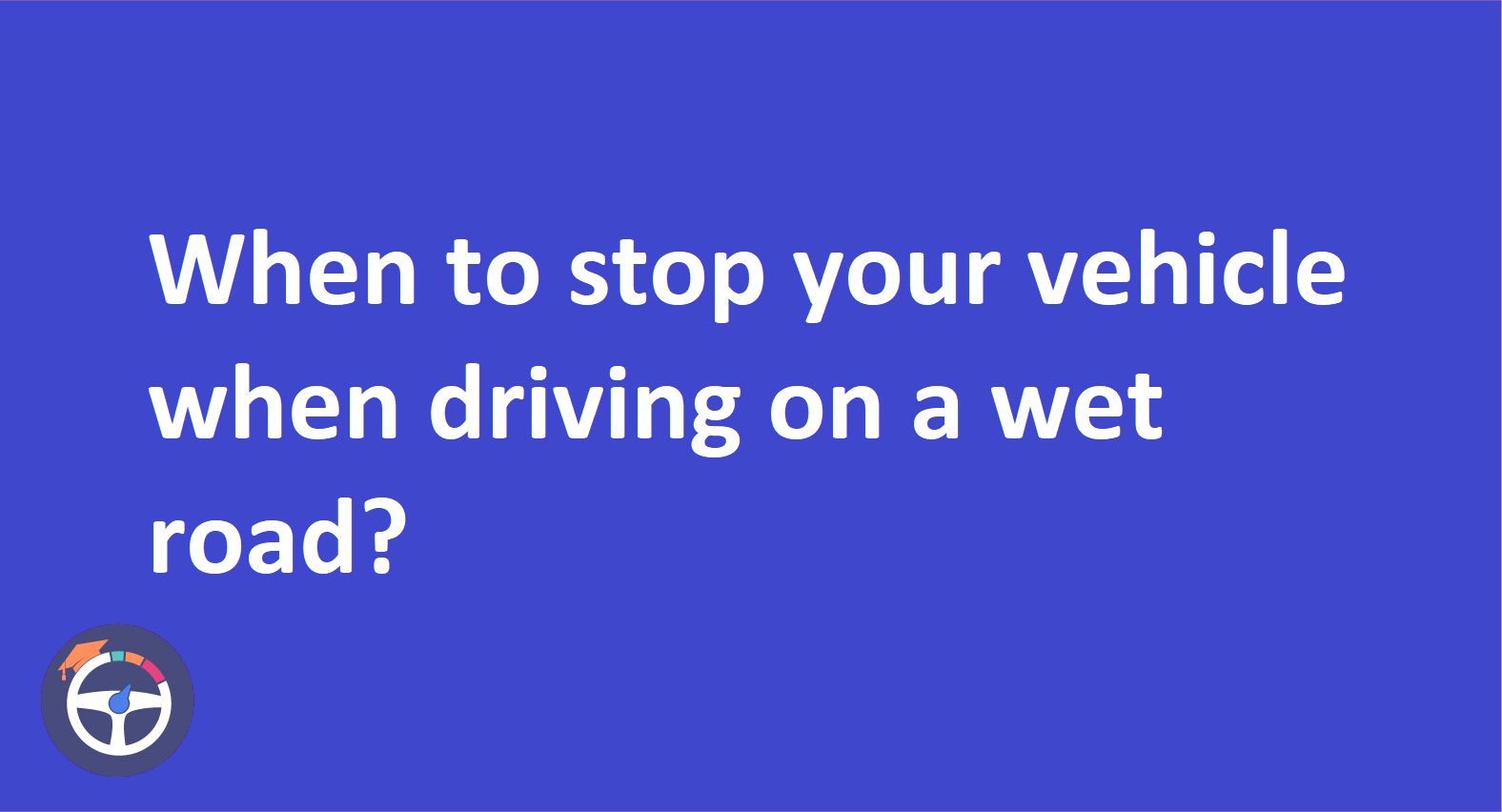How Much Can Stopping Distance Increase In Ice
By Umme Hani on Aug 19, 2024Contents
- How Much Can Stopping Distance Increase In Ice
- Understanding the Stopping Distance in Icy Conditions
- Thinking Distance vs. Brake Distance
- What Influences the Stopping Distance?
- Distance to Stop in Icy Conditions
- Putting the Impact Into Visual Form
- Safety Tips for Ice-Rider Safety
- That’s A Wrap!
Understanding stopping distances is essential for maintaining road safety when driving. It is important to realize how much stopping distance can change as winter draws near and icy conditions become more prevalent. We will provide you with a thorough grasp of this guide which is specifically designed for students preparing for the UK theory test.
Understanding the Stopping Distance in Icy Conditions
Stopping distance is a crucial concept both in practical and theory driving tests. It is the total distance your car travels between the time you notice a danger and the time you completely stop. The two primary components of this distance are the braking distance and the thinking distance.
Thinking Distance vs. Brake Distance
When you see a hazard your brain tells you to stop. This is called the thinking distance. However, braking distance refers to the distance traveled after applying the brakes until your car stops.
What Influences the Stopping Distance?
Stopping distance is affected by a number of factors. These factors include speed, weather, road conditions, and vehicle condition. The stopping distance increases with speed. Likewise, unfavorable driving circumstances such as ice can greatly increase stopping distance.
Distance to Stop in Icy Conditions
One of the most difficult driving conditions is on icy roads. Not only does the decreased traction make it harder to control the vehicle, but it also causes a significant increase in stopping distances. So, how much can stopping distances increase in icy conditions? In contrast to driving on dry roads, stopping distance can actually increase ten times in icy conditions.
Putting the Impact Into Visual Form
To put this into perspective, Imagine traveling on an icy road at 70 miles per hour. Your car might need to stop altogether for 800 meters in these kinds of circumstances. This large increase in stopping distance emphasizes how crucial it is to drive carefully in icy situations.
Safety Tips for Ice-Rider Safety
It is critical to exercise additional caution when driving on ice because of the significant increase in stopping distance. Below are some vital pointers:
Slow Down: When driving on icy roads, reducing your speed gives you more time to react and less chance of losing control.
Increase Following Distance: To allow for a longer stopping distance, keep a safe distance behind the car in front of you.
Brake Gently: To prevent skidding apply the brakes gently. On icy surfaces, sudden braking can result in traction loss.
Prepare for Hazards: To give yourself more time to react, be alert, and prepare for hazards well in advance.
That’s A Wrap!
Knowing how far to stop is essential for safe driving, particularly in icy circumstances. On ice, stopping distances can increase by up to ten times so it’s important to modify your driving style accordingly. You can safely navigate icy roads and lower your risk of an accident by driving cautiously. Keep your speed at a safe level. And give yourself enough stopping distance.


